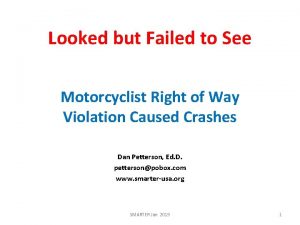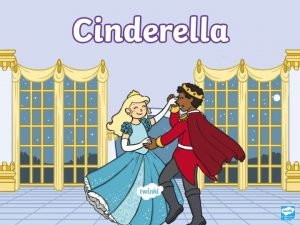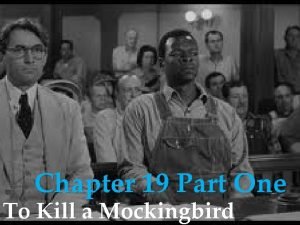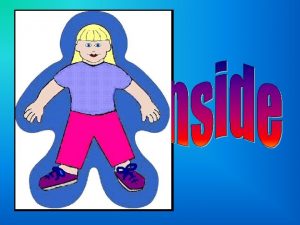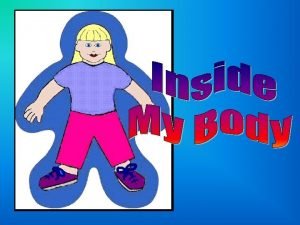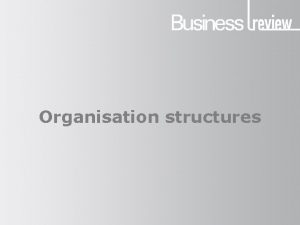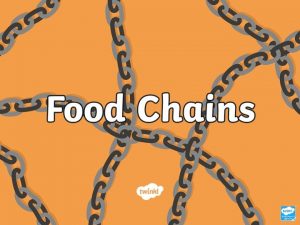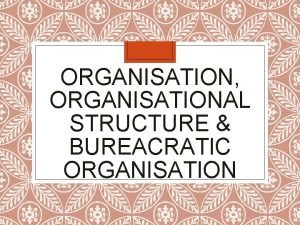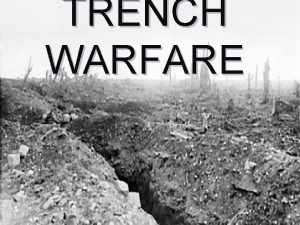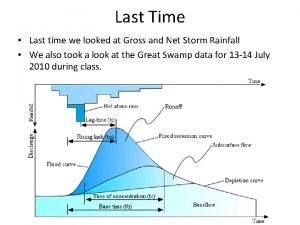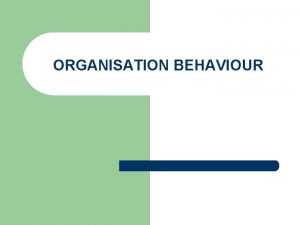Organisation Structures Last Lesson we 1 Looked at













- Slides: 13

Organisation Structures

Last Lesson we… 1. Looked at what an organisation chart looks like 2. How the structure linked to the following terms: Hierarchy Span of Control Authority Chain of Command Functions Line Manager Subordinates Delegation 3. Looked at a Divisional Structure and how it differed from more ‘traditional’ structures

Today we are going to… 1. Understand the difference between tall and flat structures, including the benefits and drawbacks for both. 2. What is meant by the term ‘delayering’ and how that can affect organisation charts. 3. What is meant by the terms ‘centralisation’ and ‘decentralisation’.

Tall Organisational Charts… Tall organisation charts have a long chain of command smaller span of control. Lots of ‘layers’ in the hierarchy

Flat Organisation Charts… Flat organisation charts have shorter chain of command compared to tall organisation charts. Sometimes, the span of control can be wider. Fewer ‘layers’ in the hierarchy

Recap on chain of command… n The person at the top of the structure has the authority (power) to pass on instructions to those lower down the chain. n The more layers there are in the structure the longer the chain of command is (the more people the instructions have to pass through) Remember – Chain means long and can be vertical. Command means to give orders

Q -What do you think the problems are of having a long chain of command are? Q -What do you think businesses can do to solve these problems?

Delayering… To solve the problem of having a long chain of command businesses can delayer the chart. Delayering means removing layers of management and workers in the hierarchy so that there are fewer workers in the chain of command.

Lets look at how delayering can affect the chart.

Groups, Teams or Cells… • Workers are organised into groups / teams / cells • There is likely to be a leader • The team is given a task to complete and how they achieve the task is up to them. • By allowing the team to complete the task how they want will give the members empowerment, which can increase motivation and productivity. • Empowerment – Giving more responsibility to workers further down the chain of command in a hierarchy.

Recap on the span of control… The number of people who report directly to another worker in the organisation Small span of control. The manager only has 2 workers reporting to him Larger span of control. The manager has 5 workers reporting to him and vice versa Manager Workers Worker Manager Worker Worker Remember – if something ‘spans’ it means to go across (horizontally)

Centralisation and Decentralisation… Centralisation means a type of business that keeps decision making at the core of the business and then passes instructions down the chain of command. Decentralisation means a type of business organisation where decision making is pushed down the hierarchy and away from the centre of the organisation.

Centralisation n Decentralisation VERSUS All key decisions are made at the top of the hierarchy Common systems and procedures are used However, decision making can be slow. n n n Power is given lower down the organisation. It encourages workers to change quickly It gives power to employees who are the closest to the customers. IDEAL SITUATION? ? A MIXTURE OF THE TWO
 Homology
Homology One day joynal looked for work
One day joynal looked for work Looked but failed to see
Looked but failed to see Don't delay dawns disarming display
Don't delay dawns disarming display Childhood in calamba summary
Childhood in calamba summary Cinderella once upon a time there was a beautiful
Cinderella once upon a time there was a beautiful Thomas robinson tkam
Thomas robinson tkam Powerfull verbs
Powerfull verbs You ever looked in the mirror and thought
You ever looked in the mirror and thought Have you ever looked in the mirror
Have you ever looked in the mirror God looked at everything he had made
God looked at everything he had made Pam ayre
Pam ayre A bird came down the walk mcq questions and answers
A bird came down the walk mcq questions and answers Christopher looked at his quiz scores
Christopher looked at his quiz scores


